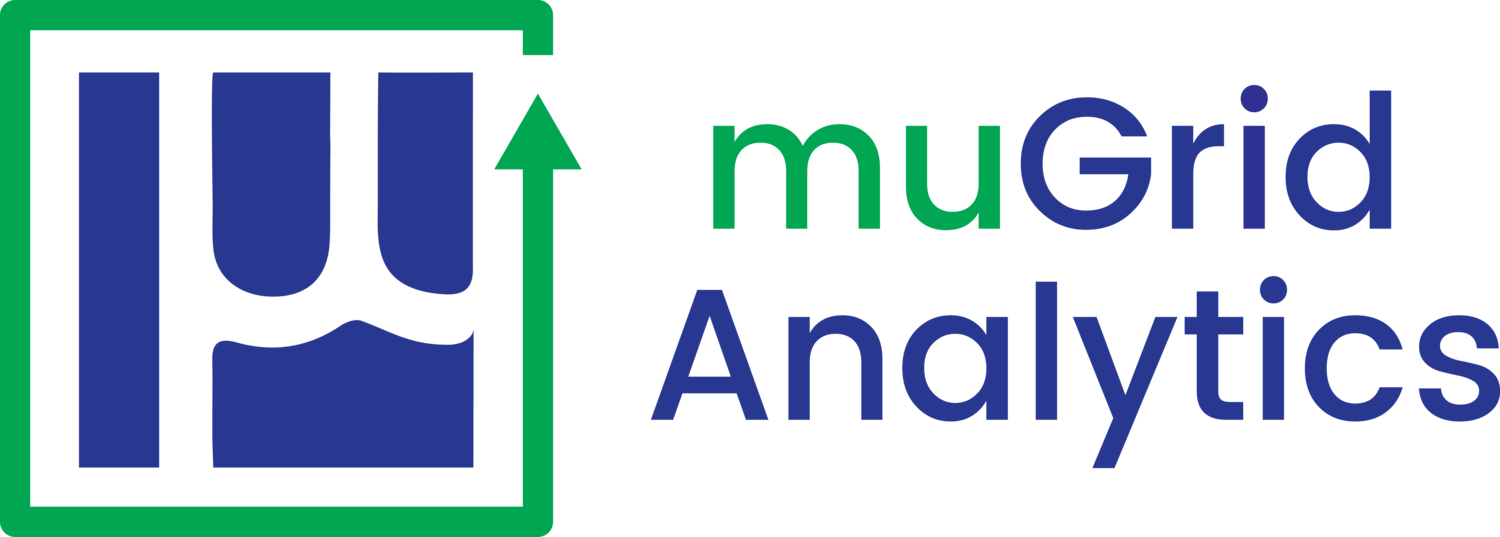Hawaii
Large Community Center
2020
In 2020, as part of an ongoing effort to develop community resilience on the island of Maui, the County government launched a resilience hub planning effort that combined a site selection process based on community engagement with technical resilient power feasibility studies, performed by muGrid Analytics.
This integrated planning approach set the foundation for the development of resilience hubs grounded in technical capacity and community trust, both of which are critical for sustaining resilience in the time of a hazard event.
Based on insight collected from community working groups and listening sessions, the County selected this community center as a potential site for a resilience hub. Uniquely positioned to sustain community resilience during a natural disaster or the recovery period following one, as well as during times of normal operation, the center is located at the intersection of a suburban residential area, a tourism destination, and a Hawaiian home land region held in trust for a large population of Native Hawaiians. The center is also located in a region of heightened community concern for wildfires and adjacent to a tsunami evacuation zone, making it a prime location for centralized community resources in the event of a natural disaster.
To make the community center into a resilient hub equipped with reliable on-site power, muGrid assessed the feasibility of a wide range of solar plus storage systems.
Adjacent to critical county infrastructure and emergency response facilities, the center is also a large recreation facility with an expansive roof and large surrounding fields. Given this, we simulated microgrid performance for design cases ranging up to 650 kw of solar and 1500 kWh of battery storage, assessing each system’s theoretical reliability in servicing load during the course of grid outages up to 72 hours. In the end, we suggested two possible solar+storage alternatives in the 140-160 kW PV range. Both of these alternatives were in the realm of net-zero generation, meaning that as much power would be generated in a given year as would be used by the site in that year. Both systems had positive economic returns due to strategic operation during grid-connected mode, resulting in a payback period of under 15 years according to our financial analysis. And both systems were capable of serving 100% of the assessed critical load at the site for 72 hours with high confidence.



